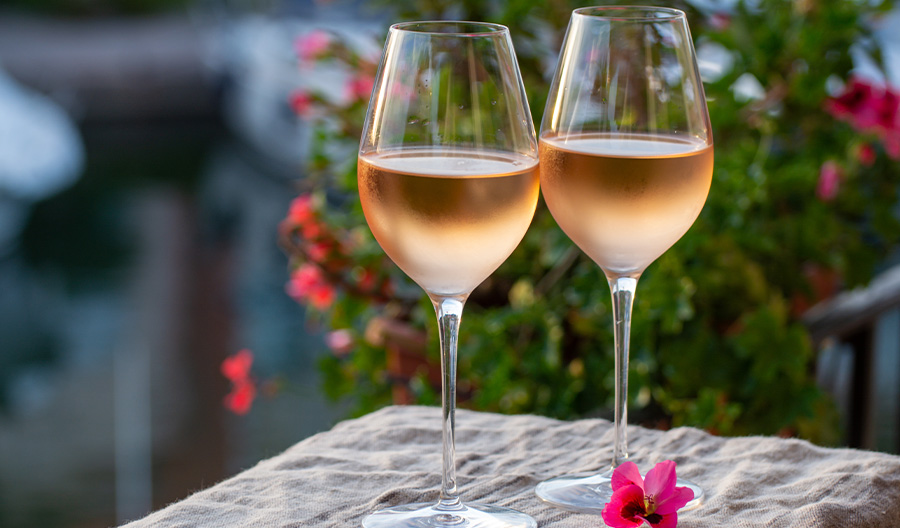As rosés become more popular with wine drinkers, they are also becoming more complex stylistically. Some are being built to age and can be consumed at a number of different occasions, producers are making rosé wines that will be able to stand on their own with the great reds and whites of the world.
Fortunately, more rosés are emerging from different parts of the world: led by France and the United States, and followed by producers from Spain and Italy. Their flavor profiles are becoming ever more versatile—from dry to sweet—allowing them to work with everything from BBQ to grilled chicken and vegetables to a wide range of spicy foods.
As interest grows in the category more styles are being introduced to the market. According to Market Watch, industry experts project that the rosé market will grow at a compound annual growth rate of 1.54 percent during the period from 2018 to 2022. This is likely to include both the drier crop of rosés, along with traditional, popular brands of off-dry, White Zinfandel.
Seasonal Fun
Dry rosés tend to be low in sugar and high in tannins: which makes them great food pairings. The bulk of rosés are made from Grenache, Sangiovese, Syrah, Mourevèdre, Carignan, Cinsault and Pinot Noir. Many are also blends of several of these varietals.
Drier rosés show best chilled at about 50 to 57 degrees Fahrenheit, which makes them refreshing throughout the year. Ideal serving glasses are regular white wine glasses.

Restaurants and retailers have long run successful summertime rosé promotions. Several restaurants in New York used to offer dozens by the glass in warm weather. Now these wines are easier to sell than ever.
Rosé purchases are up all year long. As reported in Forbes recently, rosé sales climbed 53 percent by volume to sales of $258 million in the last 52 weeks, according to Nielsen.
Some of the most exciting new rosés are coming from regions such as Provence, the Languedoc and Northeastern Italy. What is more, hundreds sparkling wines are being made from red grapes in pale and intense rosé hues—with a variety of sugar levels—all around the world. Pinot Noir is, of course, one of the central red grapes in the production of Champagne. It is solely responsible for all of the Blanc de Noirs produced around the world.
While pink still wine sales may be off the charts, so are those for the bubbles: leaving us so many ways to celebrate various occasions with rosés.

